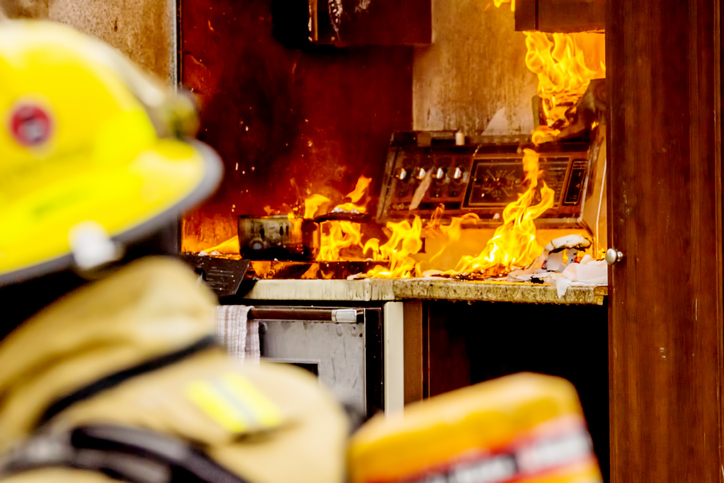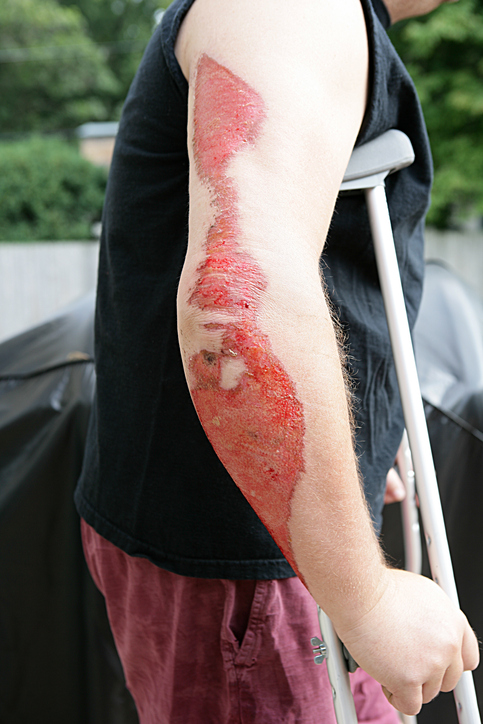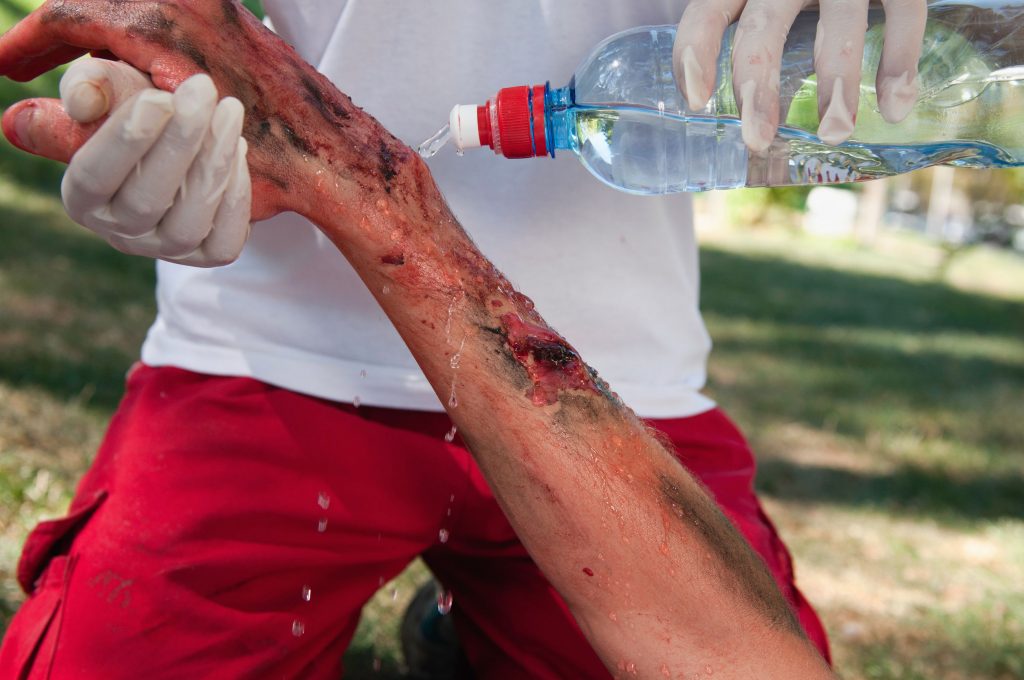
The coronavirus has more people cooking at home, whether out of boredom or because restaurants are close. Home cooking is a wonderful thing and we hope that many people will stick with the healthy habit long after sty at home orders are lifted. But more people cooking at home comes with a downside, more house fires. According to the American Red Cross, cooking is the leading cause of house fires and unattended cooking is the leading cause of cooking fires.
Fire Safety Tips for the Kitchen
The first thing is to check the batteries in your smoke detectors and make sure that your fire extinguishers are properly charged. But, don’t rely on your smoke detectors to
alert you to the danger. Stay with your food and stay alert. Defective smoke detectors can fail to go off when there is a fire leaving people in the home unaware until it is too late to get out.
- Never place pizza or to-go boxes, oven mitts, potholders, paper plates, dish towels, plastic packaging and other flammable items on the stove or in the oven, even when not in use.
- Do not use your oven as storage space.
- Remove any clutter decorations and other flammable items from the area. Keep them well away from the stove and oven.
- Dress properly – no long, hanging sleeves, scarves, shawls, or dangling jewelry, even if you are making a video of yourself cooking.
- Make sure your stove and oven are clean before you begin. Grease and spilled food items can quickly catch on fire are burners and heating elements get hot.
- Always look inside the oven immediately before you turn it on to preheat.
- Never leave food unattended while cooking.
- Never leave the house when kitchen appliances are in use. This includes ovens, toaster ovens, microwaves and other small appliances.
- Do not fall asleep with food on the stove or in the oven. Do not slow-cook food in the oven overnight while you sleep.
- Use a timer in case you do get distracted.
- Keep pot handles turned in toward the center of the stove to prevent accidents and spills.
- Never try to put out a grease fire with water or flour. You can smother it with baking soda. If you don’t have baking soda, turn off the heat and smother it with a lid.
- If something catches fire in the oven, do not open the door. Leave it closed and turn the oven off.
- If something catches fire in the microwave, leave the door closed, turn it off and unplug it.
If your house fire was the result of someone else’s negligence or a defective product, search our directory for an experienced burn injury attorney in your state.

